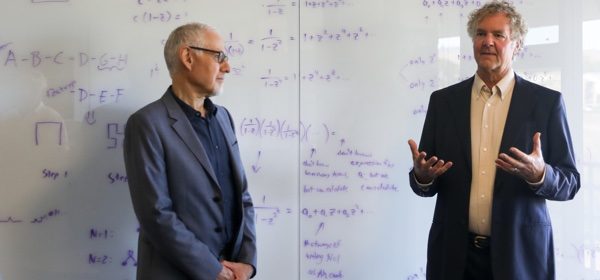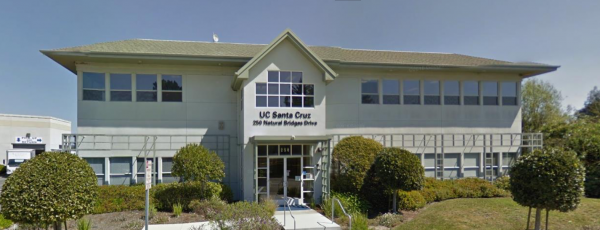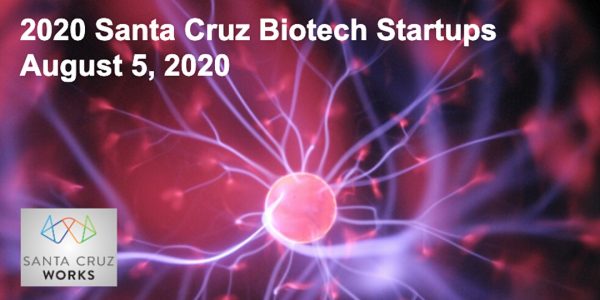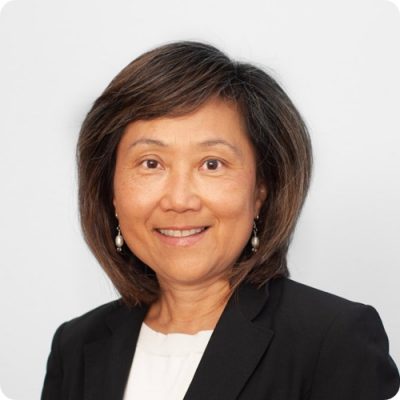Companies
Q&A: Life science startup, Claret Bio, comes out of stealth mode
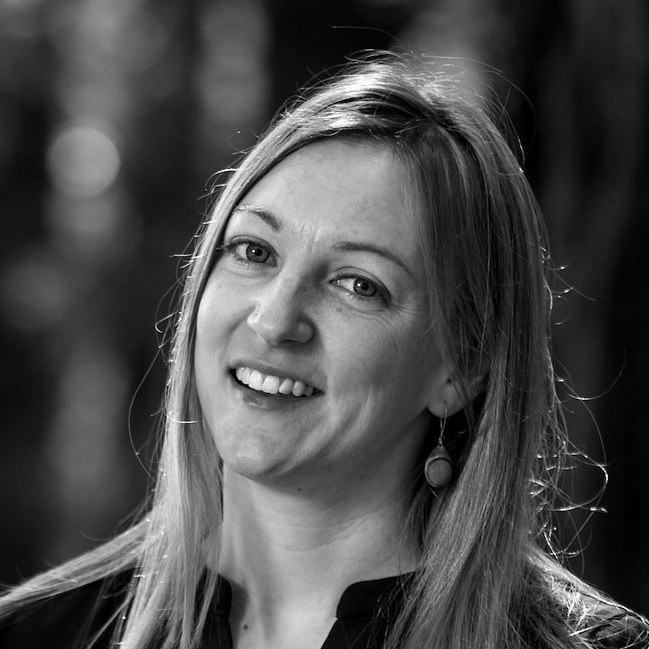
By Sara Isenberg
Founder, Publisher, Editor-in-Chief, Santa Cruz Tech Beat
June 27, 2019 — Santa Cruz, CA
(Photo above: Kelly Harkins Kincaid is the Founding CEO of Claret Bio, a life science startup located on the westside of Santa Cruz. Contributed)
I met Kelly Harkins Kincaid about two years ago. She was Kelly Harkins back then and she was fully engaged in starting up her startup, Claret Bio, but wasn’t ready for the company to be out of stealth mode. Naturally, I asked her to please let me know when she was ready. She agreed. Founders and CEOs typically forget about such exchanges, so I was delighted to hear from Kelly a couple weeks ago. She wrote, “We are about to come out of stealth mode(!) with a very soft launch, to introduce our first product to beta testers… Would this be of interest to Santa Cruz Tech Beat?” Of course!
Here’s your opportunity to learn about one of the new biotech startups located on the westside of Santa Cruz.
SCTB: You’re the Founding CEO of a life science (biotech) startup that’s coming out of stealth for a “soft” launch. Tell us about it.
Kelly Harkins Kincaid: Claret Bio is an early stage life science company with offices and labs in Santa Cruz. We spun out from UC Santa Cruz in 2017 from the lab of Dr. Ed Green and Dr. Beth Shapiro. Our first commercial offering is SRSLY, a quick and easy kit that generates DNA sequencing libraries suitable for a standard “next-generation sequencing” or NGS workflow.
Our NGS library preparation technology is born from the field of ancient DNA, so our expertise lies in handling highly degraded samples. But rather than applying to extinct mammals, Claret Bio has optimized the kit for important clinical and oncology sample types: cell-free DNA – DNA that is found circulating in your blood– and FFPE, a stored form of tissue biopsy. These biomedical samples share remarkable similarity to ancient DNA, which is highly fragmented and present in minute quantities. For this reason, the SRSLY approach in many ways outperforms conventional library preparation methods, and recovers added genetic information lost in standard approaches.
SCTB: For non-scientists, what is the practical application of your product?
KHK: Our product is for clinical or research labs that want a faster, more efficient way to prepare fragmented DNA for the sequencer, with the added bonus of genetic information lost to conventional methods.
SCTB: I would need know more about biological sciences to understand that. Ok, so you presented at a liquid biopsy conference in mid-June. Can you say more about liquid biopsy?
KHK: Liquid biopsy is a noninvasive alternative to surgical tissue biopsy, the current standard in cancer diagnosis. Instead of surgically removing tissue to analyze its genetic sequence, liquid biopsy uses samples collected from blood and other bodily fluids. While the majority of cell-free DNA circulating in your body results from healthy cell death, there are important exceptions. In the case of cancer, for example, a small fraction of the DNA will derive from the tumor. The promise of liquid biopsy is thus that it provides an avenue for assaying cancer-derived DNA from a simple blood draw.
Liquid biopsy companies develop NGS assays to monitor disease, guide treatment, and perhaps one day, diagnosis cancer early. For those companies, clinicians or researchers who regularly sequence cell-free DNA, or are developing novel genetic tests, the SRSLY technology provides a quick and efficient tool that will improve recovery of cell-free DNA for any downstream analysis.
SCTB: What’s your background? Connection to UCSC?
KHK: I came to UCSC as a postdoc after finishing my PhD work at Arizona State University in molecular bioarchaeology reconstructing the DNA of ancient pathogens as recovered from the bones of the people they infected centuries ago. At UCSC I began work with Dr. Lars Fehren-Schmitz in the Human Paleogenomics Lab (Anthropology Dept). His lab worked closely with the other faculty directors of the Paleogenomics lab, Ed Green and Beth Shapiro. It was here I was first exposed to methods development, and I was hooked. I was awarded an interdisciplinary NSF postdoctoral fellowship, co-supervised by Ed Green in Biomolecular Engineering. Within a year, we had developed the technology that would become the foundation of Claret Bio.
SCTB: Who else is at Claret Bio?
KHK: We have 5 FTEs, a small multiple hat-wearing team of scientists, research associates, and consultants. Dr. Varsha Rao comes to us from Stanford with extensive background in cell-free DNA/RNA and biomedical research, and now heads up clinical R&D. Dr. Chris Troll (UCSC alum) is a master of experimental design and assay development, having come from a similar role in the industry, and now directs assay R&D. Chris and Varsha are supported by Dr. Jessica Morgan Garcia (UCSC alumna) and Colin Naughton (UCSC alum). Claret cofounder Ed Green supervises on bioinformatics, and Beth Shapiro and David Haussler are active scientific advisory members.
SCTB: Was there an “aha moment” behind conceiving of Claret Bio?
KHK: The aha moment is when we realized that there was DNA being left on the table, so to speak. That we weren’t getting the whole story, beginning, middle, and end, and that conventional methods of preparing DNA for NGS were overlooking – and in most cases discarding – interesting signals that are in fact present on each molecule. Now Claret Bio can retain and encode those signals using our technology.
SCTB: Are you hiring? What are you looking for?
KHK: Yes, we are looking for talented bioinformaticians or computational biologists to be foundational members, and grow/supervise a data science team. We will soon look for commercialization/production folks as well. Check our website for postings!
SCTB: You’re also welcome to post jobs on Santa Cruz Tech Beat’s jobs page. Is there anything else you’d like readers to know?
KHK: We love being in Santa Cruz and helping to grow a healthy biotech industry and community here in town.
###
Tagged Biotech, Claret Bio, Kelly Harkin Kincaid





